Electronic load Web UL-001 Enterprise
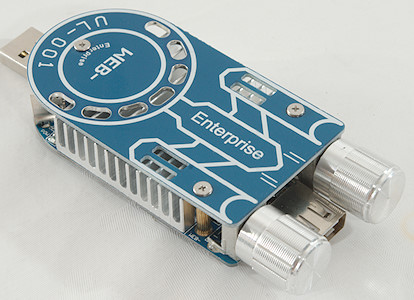
Official specifications:
- Maximum power: 12W
- Current: 0.2 - 2.5A
- Voltage: 5 - 24V
I bought from Aliexpress dealer: Best Market Place

Like many devices from China this arrives in the shipping box and with only bubble wrap around it, no retail box or instruction sheet.
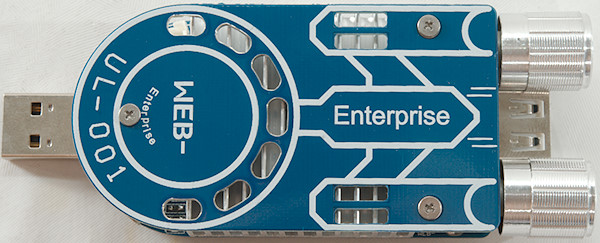
This load must be designed by a Star Trek fan.
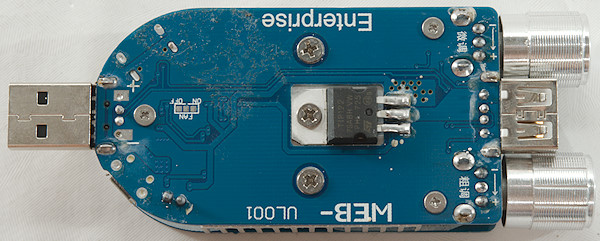
I will look at the electronic further down.

This load is the smallest one in this series, it do not have a fan, only a covered heat sink.
Between the usb-c connector and the heat sink is a blue led that is on when the load is powered.
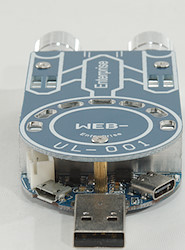

It have 3 input connectors and one output connector. The current adjustment is done with a coarse and a fine potentiometer

There is a socket for a fan, but it is not used on this model.
Load testing
- Minimum current is about 27mA, but raises to 45mA below 4 volt.
- Maximum current is about 2.7A
- It is difficult to adjust current precise, even with the two adjustment.
- Data lines are passed through, i.e. it is possible to use a QC trigger on the output connector.
- Load do not have any overload protection, it is up to the user to reduce current at higher voltages.
- The load has USB-A, micro usb and USB-C connectors, all in parallel.
- USB-C connector includes resistor to turn usb-c output on.
- Current change during 60 minutes with 2.5A load at 5V is 0.095A, i.e. 3.9%
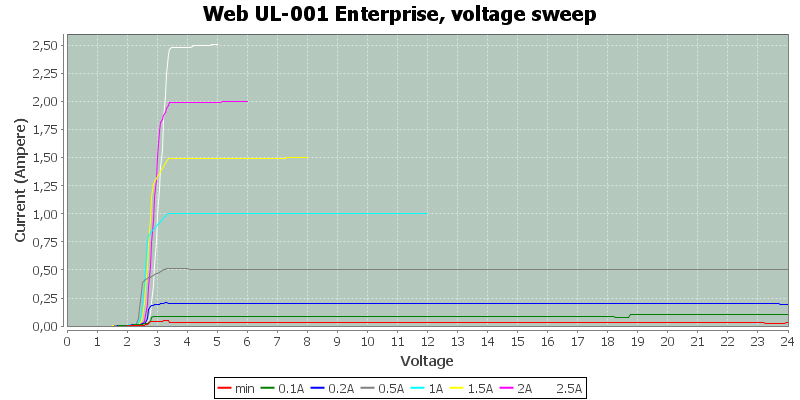
The current is not completely stable and at 2.5A the maximum input voltage is 5V (More correctly: 4.8V).
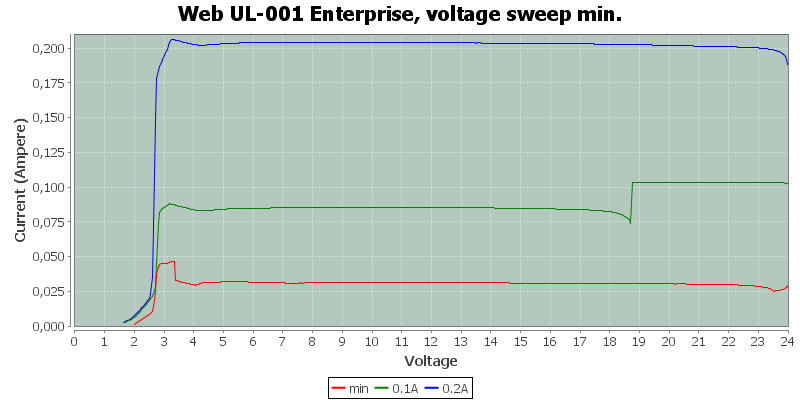
The rated minimum of 0.2A works fine, but when going lower there is some variation in the current.
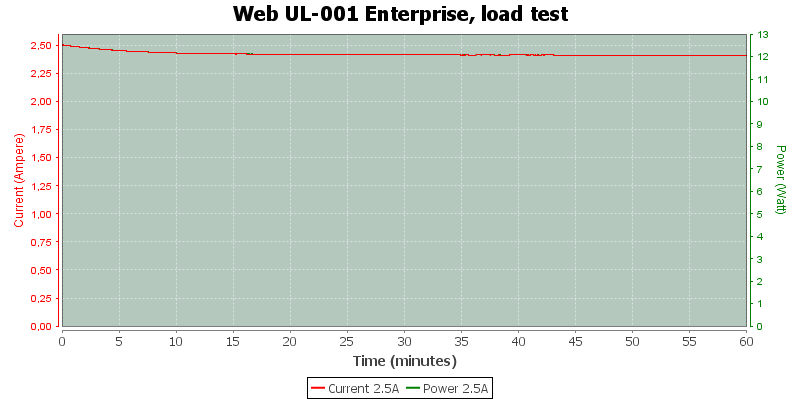
At full power the current changes when the load gets hot.
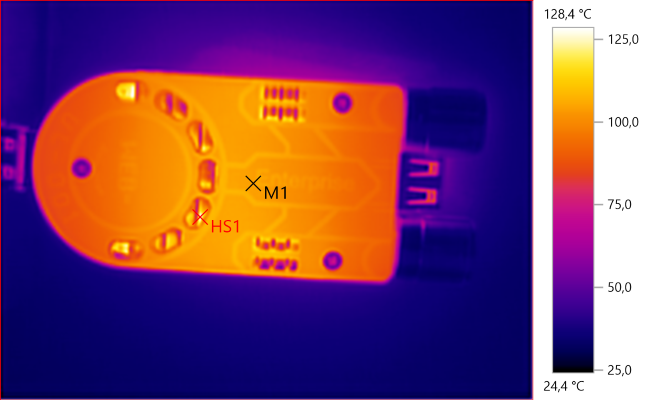
M1: 104.2°C, HS1: 128.4°C
The surface is above 100°C, better not touch it.
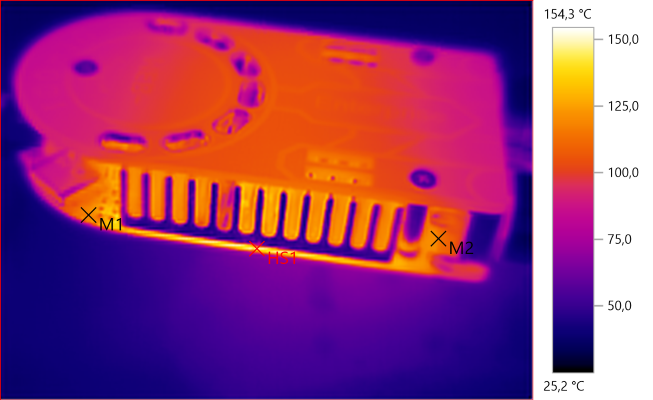
M1: 119.7°C, M2: 116.5°C, HS1: 154.3°C
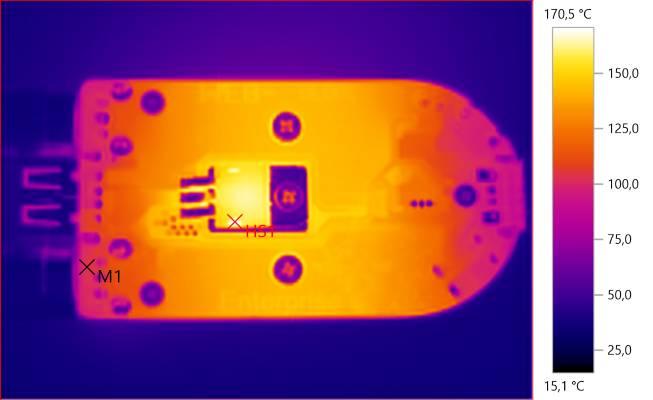
M1: 102.5°C, HS1: 170.5°C
The load transistor is 170°C, this is way too hot.
A look at the circuit
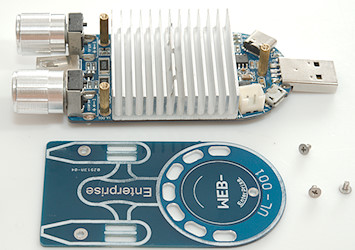
I had to remove 3 screws to open it.
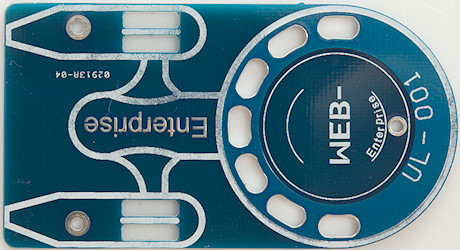

On the back of the top there is another Enterprise graphic and because it is symmetrical it is possible to turn the lid around and use it.
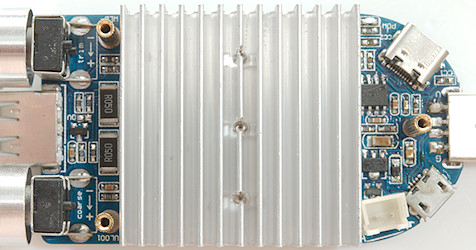
The electronic is packed at the two ends, behind the usb connetors is a OpAmp and a voltage regulator. At the other end is the shunt current is measured across and a reference. This is the classical analog electronic load design.

The transistor handling the load is a TIP122 that can handle 5A and up to 65W, it must not be warmer then 150°C
Conclusion
It is a fun idea to design a load to look a bit like Enterprise, but the performance of this load is not very good, it gets way to hot when running at maximal power and the heat will also change the actual load current.


















